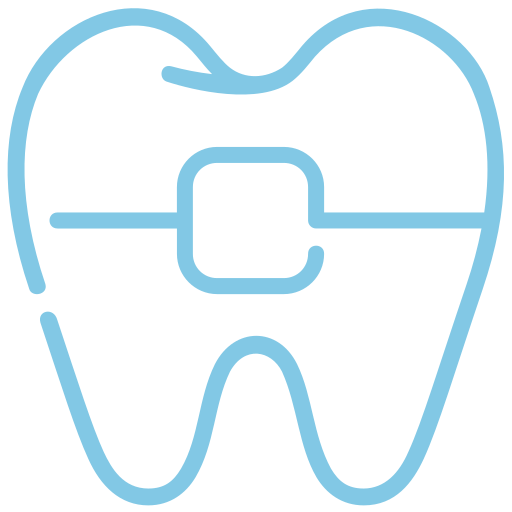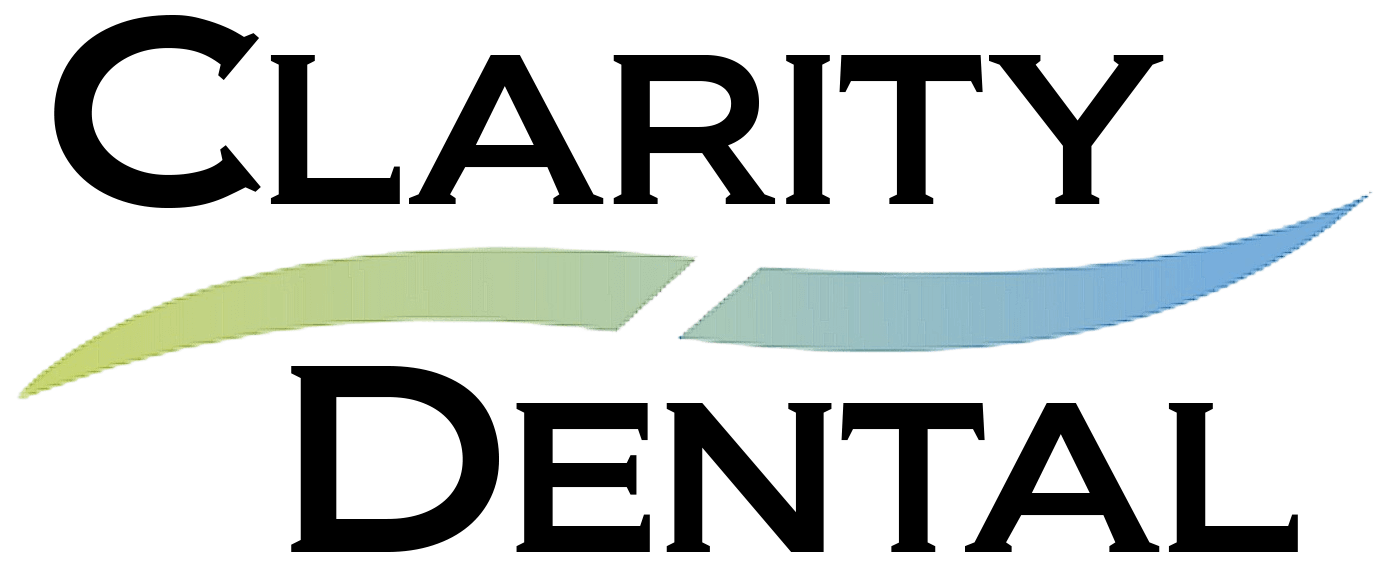Address
2-1360 Taylor Ave.
Winnipeg, MB R3M 3Z1
CANADA
Telephone
(204) DEN-TIST (336-8478)
(204) 487-0015
Fax
(204) 487-0025
Email
info@claritydental.com
Work Hours
Mon. to Tue.: 9am – 5pm
Wed. to Thu.: 11am – 7pm
Fri. 9am – 5pm

Address
2-1360 Taylor Ave.
Winnipeg, MB R3M 3Z1
CANADA
Telephone
(204) DEN-TIST (336-8478)
(204) 487-0015
Fax
(204) 487-0025
Email
info@claritydental.com
Work Hours
Mon. to Tue.: 9am – 5pm
Wed. to Thu.: 11am – 7pm
Fri. 9am – 5pm
We are your comprehensive dental solution for the entire family. Clarity Dental can help you begin your journey to a healthy, beautiful smile.

A focus on preventive dentistry helps you maintain the highest standard of oral health while limiting dental expenditures.

When you step into Winnipeg, MB, you'll know you've found the perfect place for your family's care.

Volumes of research confirm the influential role of smiles on our relationships and our self-esteem.

Dr. Salama's background in restorative dentistry allows her to develop solutions for every scenario.

Wisdom teeth, extra teeth, or very crowded teeth present situations that may mean treatment involving removal.

Oral appliances offer simple, non-invasive care for a variety of conditions.

Orthodontics involves teeth straightening and jaw alignment, combining beauty and function.

A Radical solution for sleep disordered breathing. The HealthyStart TM System has been specifically designed to promote the proper growth and development of the jaw and airway to optimize airflow and promote proper nasal breathing while straightening your child’s teeth.

Dr. Hala Salama carefully selects technologies proven to deliver the finest experience to their patients.
We are back providing our full services. Rest assure that we are taking all of the necessary precautions to keep our staff and patients safe by all means possible.

